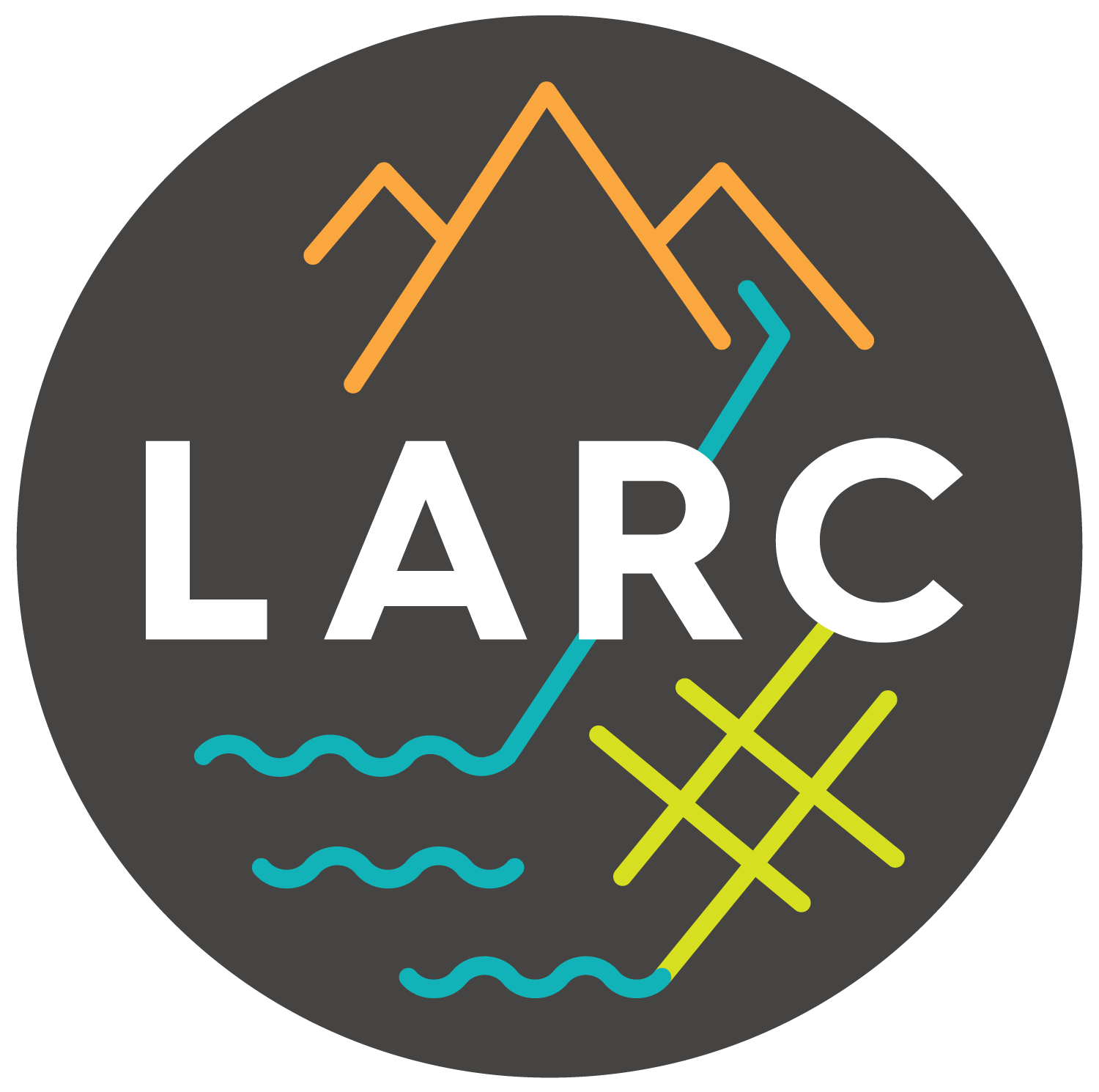Wildfire Risk
Wildfire is a perennial and growing threat in Los Angeles County. Ubiquitous chaparral, which thrives in the dry climate and whose deep roots protect against erosion, also provides fuel for fast moving wildland files. Years of fire suppression strategy have transformed this vegetation into heavier fuel, of sufficient density and height to act as a ladder to tree canopies, and created conditions for more destructive conflagrations. The Sayre Fire of 2008 destroyed almost 500 structures. The 2009 Station Fire burned more than 160,000 acres. And continued development into the wildland urban interface (WUI) is placing more buildings and people at risk.
Simulations indicate that climate change will exacerbate this threat to life, property, and the environment. Most scenarios predict an increase in both large fire occurrences and total area burned, especially towards the latter half of this century. Ironically, if precipitation increases as temperatures rise, more winter rain will stimulate more chaparral growth to fuel wildfires in the fall. In burned areas, heavy precipitation raises the risk of flash flooding for developments along the WUI. On a more holistic level, these changes in wildfire behaviors may impact other ecosystem services such as carbon sequestration, runoff, air quality, and wildlife habitat.
Why It Matters
- Safety
- Health (air quality from smoke)
- Habitat loss
- Property damage/ economic impacts
- Flooding and water quality problems
- Landslides




